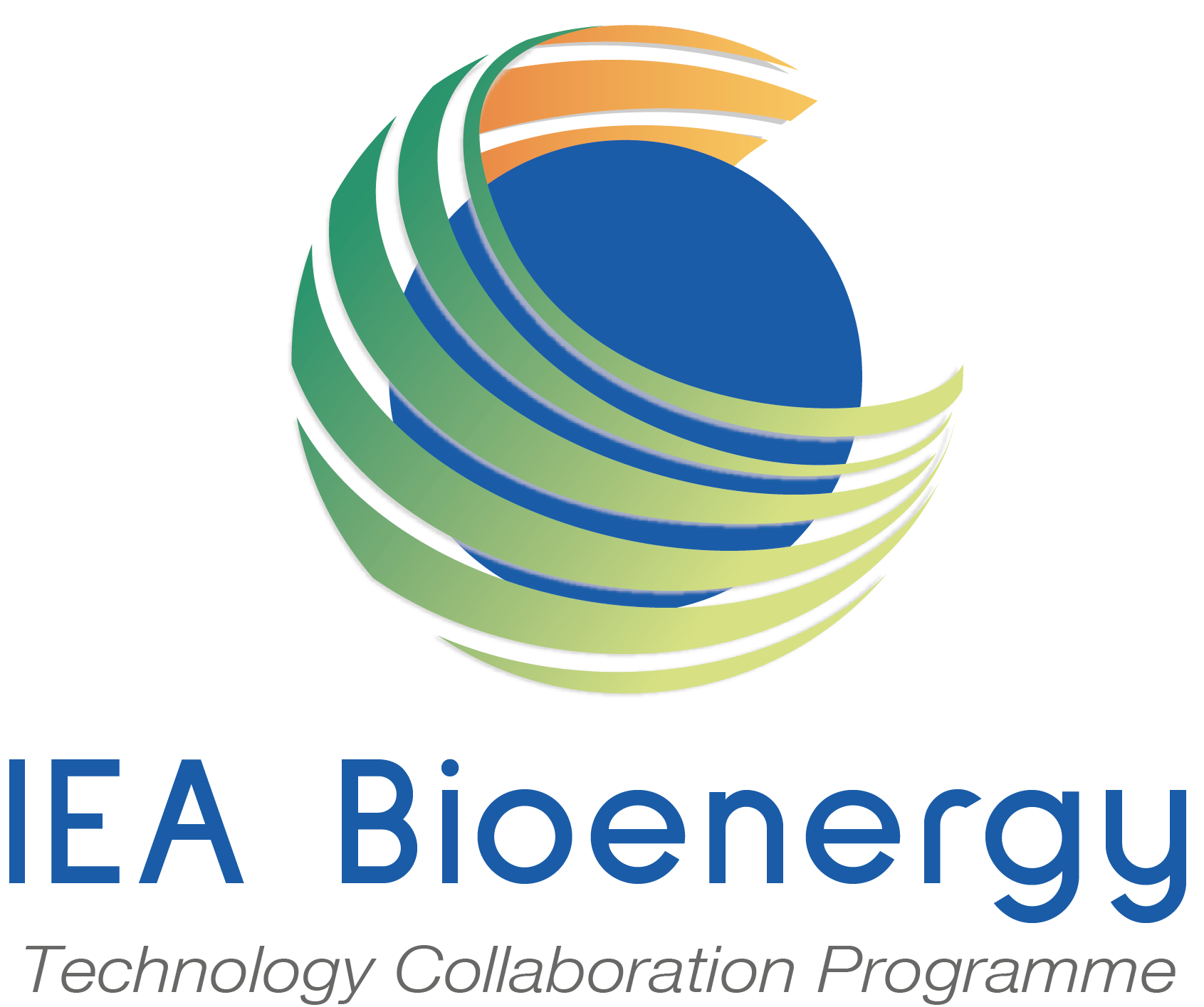This website uses cookies so that we can provide you with the best user experience possible. Cookie information is stored in your browser and performs functions such as recognising you when you return to our website and helping our team to understand which sections of the website you find most interesting and useful.

Publications
-
Deployment of BECCUS value chain – Synthesis Report
Feb 2023Deployment of BECCUS value chain – From concept to commercialization Synthesis Report – Synthesis Report – Over the duration of the 2019-2021 IEA Bioenergy triennium, a consortium of IEA Bioenergy Tasks – Task 36, Task 40, Task 44 and Task 45 – collaborated on an inter-task project called Deployment of BECCUS value chains. The objective […]
read more -
Case study: Valorisation of biowaste in the United States: Distributed biogas upgrading to Renewable Natural Gas (RNG) using biomethanation
Jun 2022Valorisation of biowaste in the United States: Distributed biogas upgrading to Renewable Natural Gas (RNG)using biomethanation Renewable natural gas deployments in the United States have increased significantly in recent years. As of 3/31/2020, there are 119 operational projects with a further 88 under construction. Renewable natural gas upgrading is a mature technology that processes biogas […]
read more -
Sorting technologies – Case study about a MSW sorting facility in Norway – IVAR
May 2022Sorting technologies Case study about a MSW sorting facility in Norway – IVAR The IVAR plant combines post-sorting of residual waste with recycling of some of the plastic waste fractions. At the plant five different fraction of plastics, four fractions of paper, bio-waste, glass, and metal packaging are separated. In total 83.2 % by weight […]
read more -
Final report: Material and Energy Valorisation of Waste in a Circular Economy
Apr 2022Final report: Material and Energy Valorisation of Waste in a Circular Economy Waste-to-energy, commonly via a combustion-based process, is an effective component of a modern waste management strategy, whereby landfill-bound waste streams are converted to heat and power. The technologies supporting these pathways are mature and well-developed and have for many years contributed positively to […]
read more -
Report: Bioenergy in Australia’s Circular Economy
Mar 2022Bioenergy in Australia’s Circular Economy Our overlooked renewable energy opportunity In this report, we present the case for how Bioenergy could become a key pillar of Australia’s circular economy of the future. We show the way forward for Australia to realise the immense opportunities in bioenergy other countries are already taking advantage of. Bioenergy can […]
read more -
IEA Bioenergy Task 36 Work Programme 2022-2024
Jan 2022During 2022–2024, Task 36 will focus on the effect that circular economy initiatives along the waste and energy value chain will have in the deployment of bioenergy globally. Objectives The specific objectives for the proposed programme are: Understanding economic, societal, and environmental aspects derived from different EfW and material recycling technologies/strategies adopted. Highlight the role […]
read more -
Case study: Decentralised Micro-biodigester systems for rural South Africa
Dec 2021Decentralised Micro-biodigester systems for rural South Africa This is the third of a case study compilation to explore lessons on material and energy valorisation of waste within the framework of IEA Bioenergy Task 36. The central technology in this case study is micro-biodigesters systems applied in rural areas in South Africa.). South Africa’s rural areas […]
read more -
Case study: HTC:Valorisation of organic waste and sewage sludges for hydrochar production and biofertilizers
Oct 2021Hydrothermal carbonization (HTC):Valorisation of organic waste and sewage sludges for hydrochar production and biofertilizers The HTC process offers a unique way to recover materials from organic wastes and sludges which are otherwise difficult and expensive to be valorised. This novel technology has been developed at industrial scale during the last 10 years and represents a […]
read more -
Webinar: Transitioning towards a decarbonised circular economy: Focus on Waste to Energy
Jun 2021IEA-Bioenergy Task 36 discussed Transitioning towards a decarbonised circular economy with Focus on Waste to Energy at the SABIA NATIONAL BIOGAS CONFERENCE 2021 (online from South Africa) With the increased need to incorporate renewable energy resources in the energy mix, the transition towards a decarbonized circular economy has become an “hot topic” among policy makers, […]
read more

